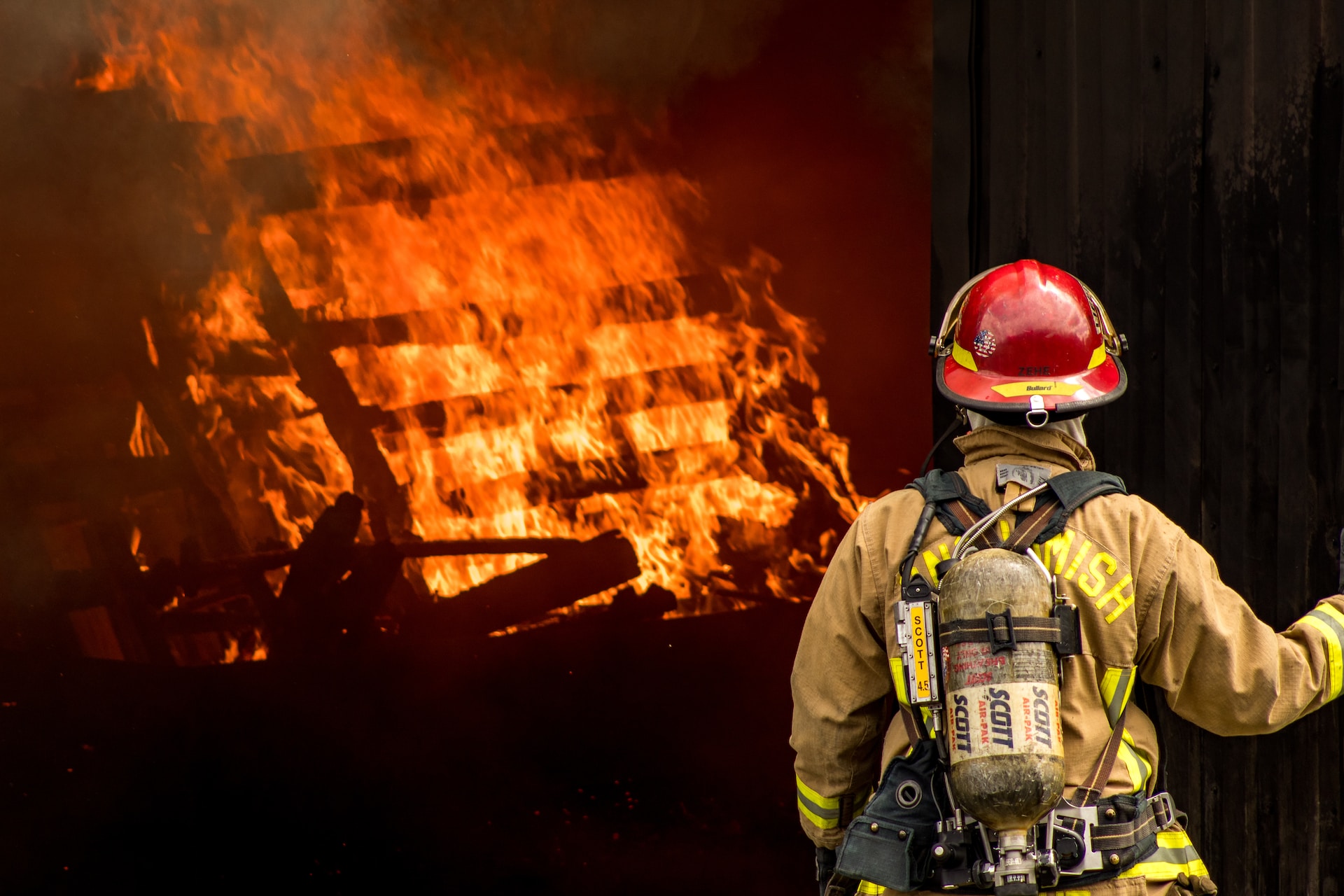Firefighting is a noble and challenging profession that requires courage, skill, and dedication. Firefighters put their lives on the line every day to protect people and property from the ravages of fire. One of the most recognizable symbols of a firefighter’s uniform is the firefighter hat. In this article, we will explore the history, design, and function of the firefighter hat.
The firefighter hat, also known as the fire helmet, has a long and rich history. The first recorded use of protective headgear for firefighters dates back to ancient Rome, where firefighters wore leather helmets to protect their heads from falling debris. Over time, firefighting equipment evolved, and so did the firefighter helmet. In the 1800s, leather firefighter hats were replaced with brass helmets, which provided better protection against heat and falling objects.
Today, firefighter helmets are made of high-impact thermoplastic or composite materials. They are designed to protect firefighters from the intense heat, flames, and falling debris that they encounter during firefighting operations. A typical firefighter hat consists of several components, including a brim, a crown, and a chinstrap.

The brim of a firefighter hat serves two purposes. First, it helps to shield the firefighter’s face from heat and flames. Second, it helps to deflect falling debris away from the firefighter’s head. The crown of the firefighter hat is designed to provide maximum protection to the firefighter’s head. It is usually heavily padded and lined with a heat-resistant material to prevent burns and other injuries.
The chinstrap of a firefighter hat is an essential component that helps to keep the hat securely in place during firefighting operations. It is usually made of a durable material such as leather or nylon and is adjustable to ensure a comfortable and snug fit. Some firefighter hats also come equipped with ear flaps to protect the ears from heat and noise.

The design of firefighter hats varies depending on the type of firefighting operation. Structural firefighting helmets, also known as interior firefighting helmets, are designed to protect firefighters from falling debris, flames, and heat in confined spaces such as buildings. Wildland firefighting helmets, on the other hand, are designed to protect firefighters from heat and debris in outdoor environments such as forests and grasslands.
In addition to their protective function, firefighter hats also serve as a symbol of the firefighter’s profession. The color and design of a firefighter hat can vary depending on the jurisdiction and department. In the United States, for example, some fire departments use red helmets, while others use black helmets. Some departments also use different helmet colors to distinguish between firefighters and officers.

In conclusion, the firefighter hat is an essential component of a firefighter’s uniform. It has a long and rich history and has evolved over time to provide maximum protection to firefighters during firefighting operations. The design and function of firefighter hats vary depending on the type of firefighting operation. In addition to their protective function, firefighter hats also serve as a symbol of the firefighter’s profession. We should appreciate the courage and dedication of firefighters who risk their lives to protect us and our property.
If you enjoyed this read, check out our other posts.














What do you think?
Show comments / Leave a comment